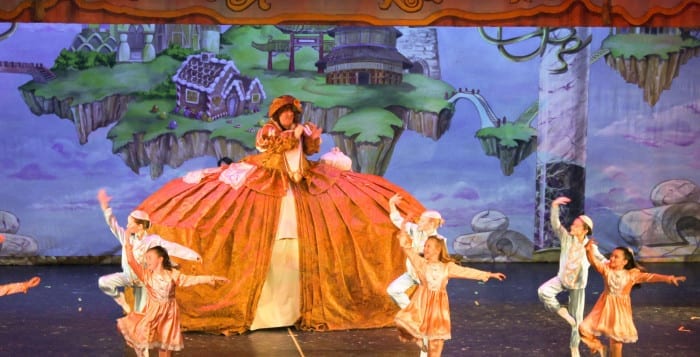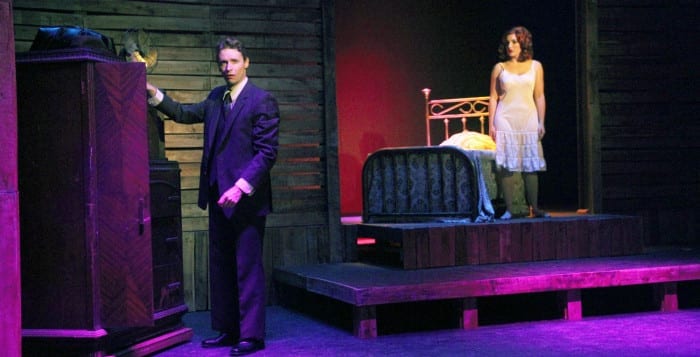There’s no stopping Port Jefferson’s Harbor Ballet Theatre.
For the 24th year, the theatre will have its dancers and residents on their toes with its annual production of “The Nutcracker.” John Worell, executive artistic director of the performance, said he and his wife Amy Tyler started the production as a means for dancers from various dance schools to work with professionals in a full-length ballet. Now, the production is a tradition in the community.
“We would be killed if we stopped. It’s become such a part of the Dickens Festival and the community and the school,” Worell said. “We have made it 24 years … but we plan to go further than that.”
Current soloist for the American Ballet Theatre Craig Salstein and the theatre’s former principal dancer Ashley Tuttle are returning to reprise their roles as the Cavalier and the Sugar Plum Fairy in the show. Tuttle is also a Tony-nominated dancer for her performances in “Moving Out” and “Come Fly Away.”
Shannon Christ and Hannah Smith, seniors from Earl L. Vandermuellen High School, are also returning for their last performance in the ballet. Both Christ and Smith are excited for the performances on Dec. 4, 5 and 6 this year. Smith described the nearly 75- to 80-member cast as a big family, saying that everyone bonds during rehearsals. Sara Jaffie and Jack Worell also return to play Clara and The Nutcracker for another year.
While these dancers have remained the same, some aspects of the play haven’t. Aside from changes in props, setting and dancers, Worell said the ballet’s battle scene changes every year according to the skills of the cast.
“If I have strong mice, then they can pick the soldiers up. If I don’t have strong mice, then they just battle around the stage,” said Worell, who choreographs the battle scene every year. Worell didn’t mention what his plan was for this year’s battle scene.
Overall the choreography will remain the same unless Worell and Tyler, who owns the ballet company, decide to let another choreographer take the lead on the production (typically the choreography doesn’t change until a new or guest choreographer takes over.) While “The Nutcracker” is a popular ballet production around this time of the year, it is the tradition that keeps people coming back every year.
When Tyler’s company started the production in 1991, three or four other dance company’s performed the play on the Island. Now, around nine company’s perform this ballet around the holidays. What separates Tyler’s company from the others is how they tell the story. Unlike some productions of “The Nutcracker,” the audience can see Clara in the beginning and how she and the story progress.
Audience members can decide if the story is a mere dream or rooted in reality on Dec. 4 at 8 p.m., Dec. 5. at 3 and 8 p.m. and Dec. 6 at 3 p.m. at the Earl L. Vandermuellen High School auditorium, 350 Old Post Road, in Port Jefferson. All seats are $24 with senior and group rates available. For more information call 631-331-3149.






